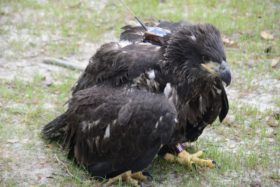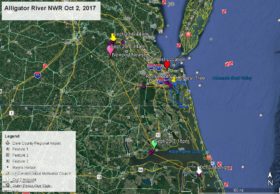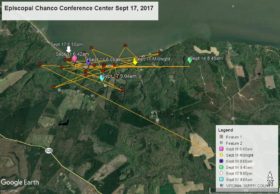Natal Down
Camellia in Oaklette Neighborhood, Chesapeake
March 20, 2011Eastern Shore Bald Eagle Survey reaches new milestones
March 20, 2011



Bald Eagles are born with soft fluffy feathers known as natal down. This down covers their entire body except for the beak, feet and legs. It will soon, within two weeks or so, be added too by a second generation of down that will be much denser and a light to medium shade of gray. In members of the hawk family like eagles this second set of down grows in from different follicles than the natal down adding a much needed layer of insulation.




4 Comments
Precious photos, Reese. Thanks for educating us and keeping us up to date.
Just precious, precious, precious! What more can I say. Thank you Reese and the entire staff for providing us with such beautiful, touching photos and a wealth on knowledgeable information. I appreciate it so much! THANKS AGAIN ! 8)
Thank you so much for this live feed and the information. My fifth grade class is enjoying it tremendously! We check on them several times throughout the day. 🙂
When the eaglets first fly out of the nest do they return to sleep and be feed by the parents in the nest?
Response – For the first two or three weeks the fledglings will return to the nest at night, then gradually drift away.